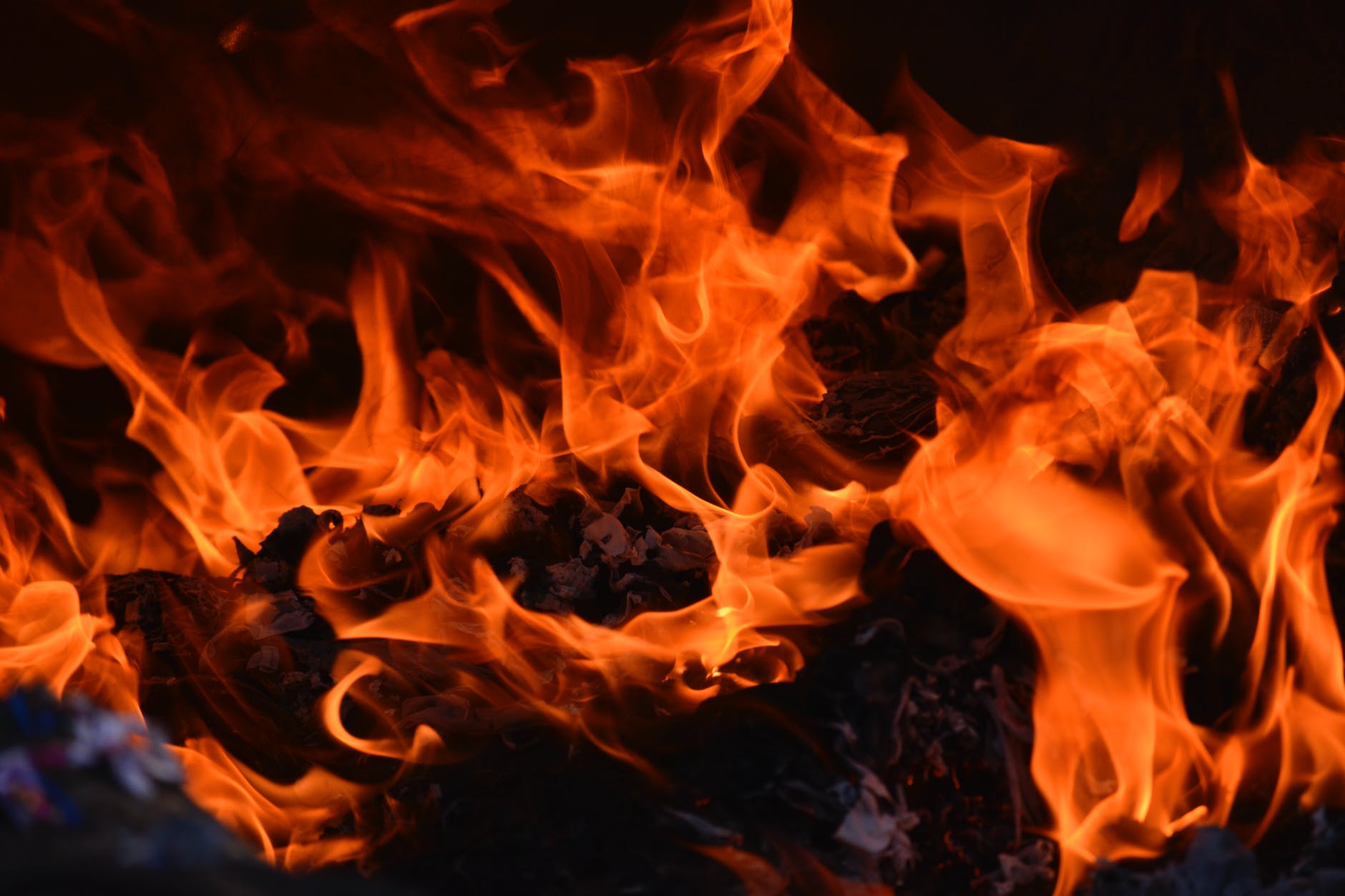
What is Fire?
Introduction
What is Fire?: Fire is a fascinating and powerful element that has been a part of human existence for millennia. In this article, we will delve into the intriguing world of fire, exploring its nature, properties, and the role it has played throughout history and in our daily lives.
The Basic Nature of Fire
Understanding the Chemistry
Fire is a chemical reaction that occurs when a combustible substance combines with oxygen in the presence of heat. This reaction is known as combustion. The most common combustible materials are hydrocarbons, such as wood, paper, and gasoline.
The Fire Triangle
To sustain a fire, three elements are required: fuel, oxygen, and heat. This concept is often referred to as the fire triangle. Remove any of these elements, and the fire will extinguish.
How Fire Works
The Four Stages of Combustion
- Ignition: This is the initial stage where heat is applied to the fuel, raising its temperature to the point of ignition. At this point, the fuel starts releasing gases.
- Flame Development: Once ignited, these gases mix with oxygen in the air and create a visible flame. The color of the flame can vary depending on the type of fuel and temperature.
- Heat Sustainment: The flame continues to burn as long as there is a continuous supply of fuel and oxygen. The heat generated further sustains the combustion process.
- Extinguishment: When the fuel supply is depleted or the oxygen is cut off, the fire will eventually extinguish.
The Role of Fire in Human History
Throughout history, fire has played a crucial role in the development of human civilization. Here are some key aspects:
Cooking and Heat
Fire was essential for early humans to cook food and stay warm. It allowed them to consume a wider variety of foods and expand their habitats.
Tool Making
The ability to control fire allowed humans to create tools and weapons from metal, revolutionizing technology and craftsmanship.
Agriculture
Controlled fires were used in agriculture to clear land, making it suitable for planting crops.
Ceremonies and Rituals
Fire has been a central element in various cultural ceremonies and rituals across the world, symbolizing purification, transformation, and spiritual connection.
Fire Safety
While fire has countless benefits, it can also be destructive and dangerous. It is crucial to follow safety precautions to prevent accidents and wildfires. Some tips include:
- Properly store flammable materials: Keep fuels, chemicals, and other flammable substances in safe containers away from open flames.
- Install smoke detectors: These devices can save lives by providing early warning in case of a fire.
- Have fire extinguishers: Keep fire extinguishers accessible in your home and learn how to use them.
- Create a fire escape plan: Develop and practice a plan for safely evacuating your home in case of a fire.
Conclusion
In conclusion, fire is a powerful force of nature that has shaped human history and continues to be an integral part of our lives. Understanding its nature and practicing fire safety are essential for harnessing its benefits while minimizing its risks.
How many types of Fire Extinguisher?
How Many Classification of Fire: 4, 5, or 6?
Classification of Fire | Classes of Fire | Types of Fire
Classification of Fire as per Different Standards
FAQs
- Is fire a living thing? No, fire is not a living organism. It is a chemical reaction.
- Why do different materials produce different colored flames? The color of a flame is determined by the specific elements present in the burning material. Different elements emit different colors when heated.
- Can fire burn in space? Yes, fire can burn in space because it relies on the presence of oxygen and fuel, which can be provided in controlled environments.
- What is the hottest part of a flame? The hottest part of a flame is the blue inner core, where combustion is most intense.
- What are some historical uses of fire beyond cooking and heat? Fire was used for signaling, warding off predators, and even in warfare for centuries before the advent of modern weaponry.
In this article, we’ve explored the nature and significance of fire, from its chemistry and role in history to fire safety. Fire is a force that has shaped our world in profound ways, and its responsible use is essential for our continued well-being.
























